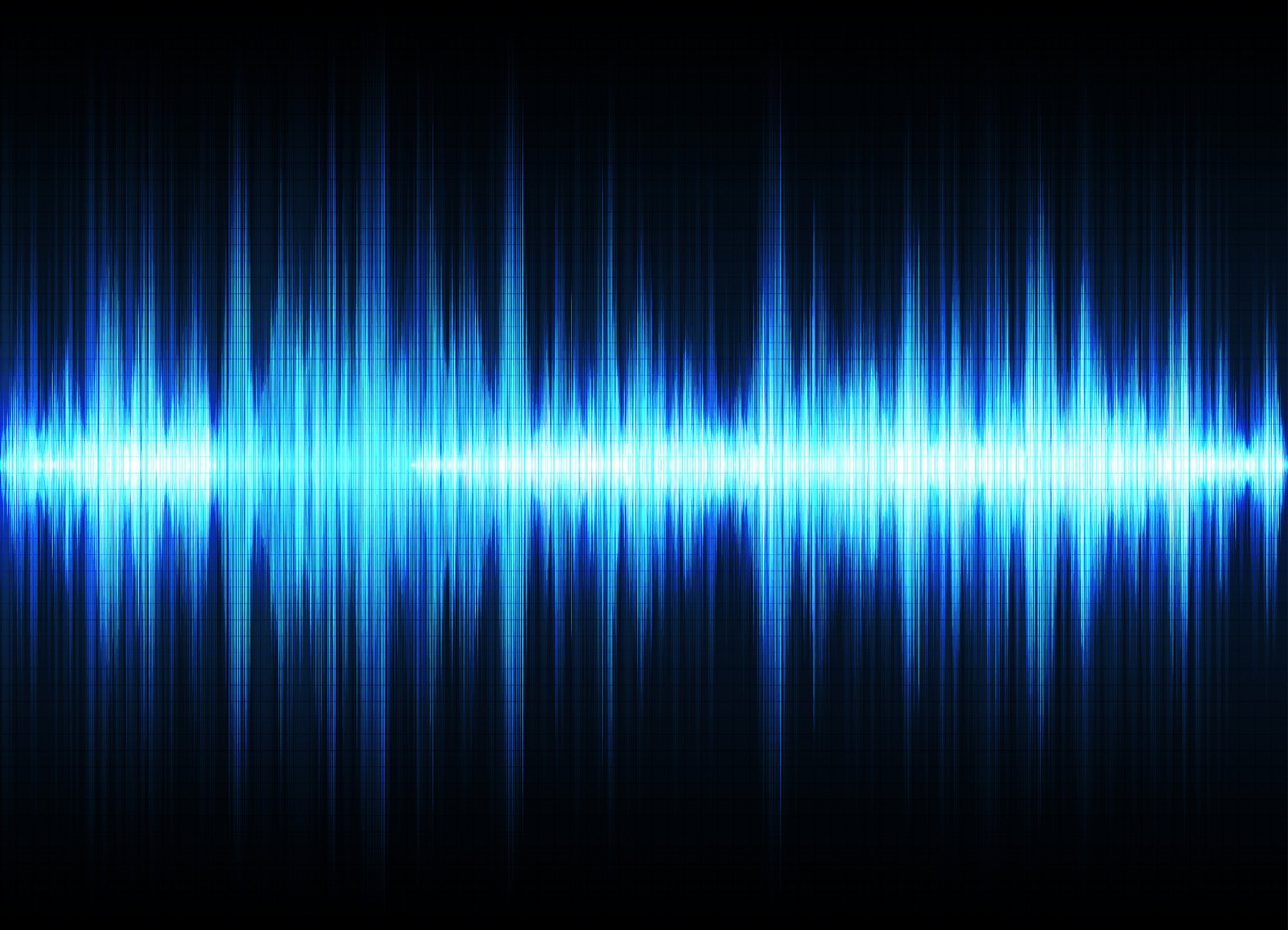5 Ways to Measure Vibration
Numerous vibration analysis and monitoring tools are available for use in vibration measuring. As an engineer, I have built and still create my own vibration measurement equipment, as well as conducted my own vibration testing and vibration analysis. I have personal experience with the wide variety of data acquisition platforms and products available, and I used to find it very difficult to choose which vibration measurement system is best suited for a certain application.
I will numerate and describe in this post the entire spectrum of vibration measurement equipment that are easily accessible to test engineers or anybody else in need of vibration measurement. In my capacity as an applications engineer at enDAQ, clients frequently ask me about vibration measuring solutions outside of enDAQ sensors.Although these devices, in my opinion, cover the most ground in terms of vibration measuring requirements, they are unquestionably excessive for certain uses. On the other hand, these solutions lack the capabilities that certain applications need.
I'll go over a few other vibration measurement options in brief in this post and include links to these items. Check out this related post that highlights wireless monitoring systems if you are certain that you require wireless. Check out our comparable post on the eight different vibration analysis softwares you might use if you're interested in software options. To assist you in choosing the model that best suits your needs, I've included a comparison chart at the conclusion of this blog post that highlights several important specs.
- TI’s SensorTag
The excellent product SensorTag from Texas Instruments features ten distinct sensors in addition to the company's Bluetooth low energy system. I When you pair the gadget with your phone via Bluetooth, all ten of the sensors' measurements—including the triaxial accelerometer—are shown in real time. Even though it only samples up to 10 Hz, I wouldn't really classify it as a vibration sensor, but this is still a fantastic tool with many uses. In order to integrate different sensors and chips into your final system, there are also a ton of development tools available.
- Extech's VB300 Vibration Recorder
The VB300 is an entry-level vibration recorder and a relatively affordable vibration measurement tool. Although the sample rate and overall storage are undoubtedly limited, this may be sufficient for certain applications. It's really helpful that this solution also makes the promise to offer real-time feedback in the frequency and time domains. However, based on the Amazon reviews, it appears that this product's strength is not its quality. As long as the frequency content of your vibration environment is less than 60 Hz, it's ideal for obtaining a general notion of its frequency content.
- Fluke 805 Vibration Meter
With the real-time vibration analysis provided by the Fluke 805 vibration meter, maintenance decisions may be made quite fast and correctly. It doesn't actually log any data, which sets it apart from the other products covered in this essay. It rates the overall vibration of your bearing or machine using an algorithm and reads the RMS vibration level when it comes into contact with a piece of machinery. However, a vibration meter such as this one is a great option for quickly determining whether your equipment is vibrating too much or not.
- MSR165 Vibration Data Logger
A fantastic portable tool for measuring and analyzing vibration is the MSR165. It offers two accelerometer choices to satisfy requirements for shock or vibration testing. This product is an excellent alternative to more "traditional" data gathering systems because it has a considerably greater sample rate option than many other vibration data loggers on the market, as well as extensible storage and battery options. A plethora of customized options are also available, such as the addition of external analog inputs and sensors for light, pressure, humidity, or temperature.
My problem with the product is that each unit has to be created to order because there are almost too many alternatives.In the vibration testing community, as many of us are aware, we frequently need vibration testing equipment quickly. Since everything is manufactured to order, there is usually a lead period of around one month. Additionally, they exclusively use distributors, thus their costs look a little bit higher than I would have predicted. Despite this, the equipment is still quite affordable and works well, especially for extended recordings.
- enDAQ Sensors
In order to make these products truly competitive with the "typical" vibration monitoring system, enDAQ sensors significantly increase the sampling rate and measurement range. The battery lasts around a full day, which isn't long enough for traveling; however, the recording time may be increased by charging it via a micro USB. Additionally, 1GB of storage—enough for 500 million samples—comes standard with it. Its limited vibration/shock measuring range of ±16g and sample rate can be too slow for some applications, despite the fact that it is still far greater than many other possibilities. This vibration measuring device can be what you need if you need high-end vibration data but lack the resources or time for more complicated vibration instruments.
With its much greater sample rate and extensive measurement range options, enDAQ's flagship vibration measurement tool, the polycarbonate S3 and aluminum S4, is unmatched. This can also be utilized for very fine and small amplitude vibration measurement due to its significantly greater resolution and low noise properties. High-end vibration and stress testing on your system or product can be done using this vibration measurement tool to qualify it and/or isolate any vibration problems you might be having.


0 Comments